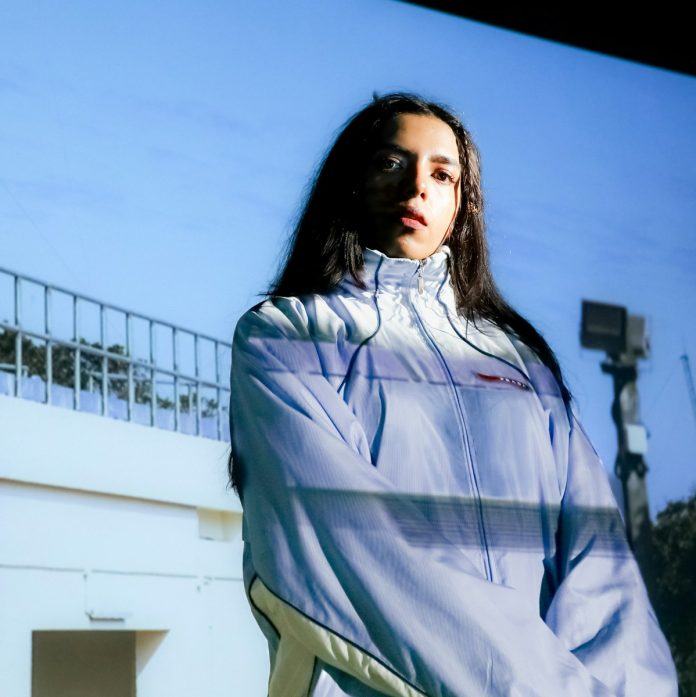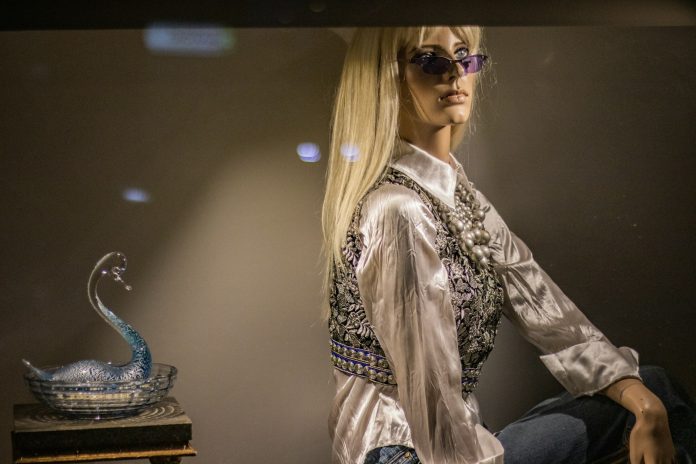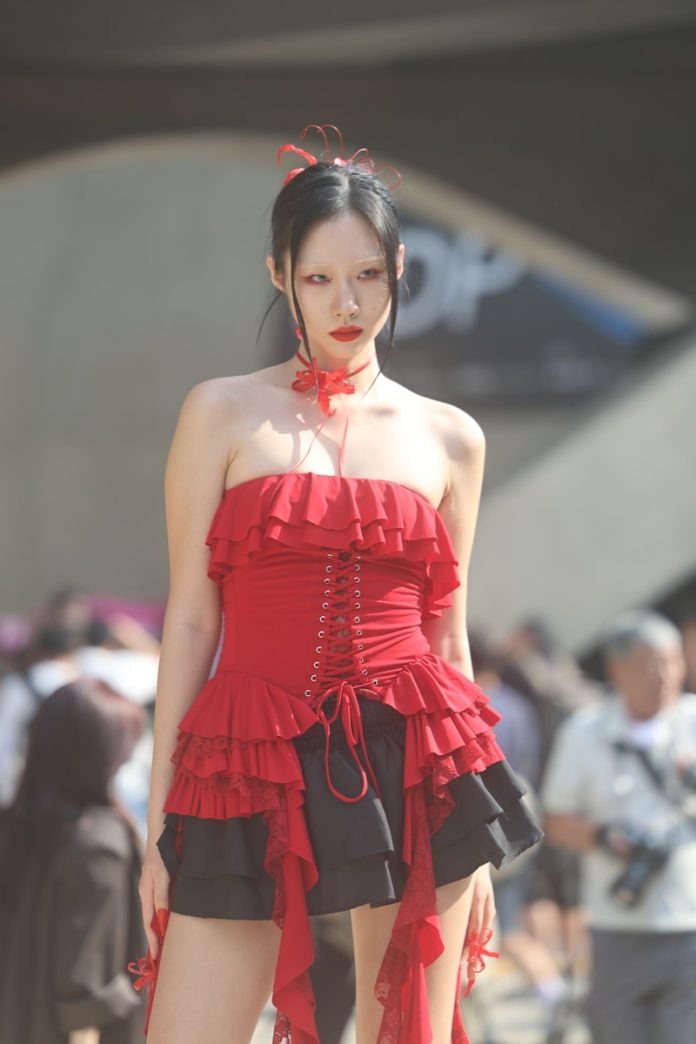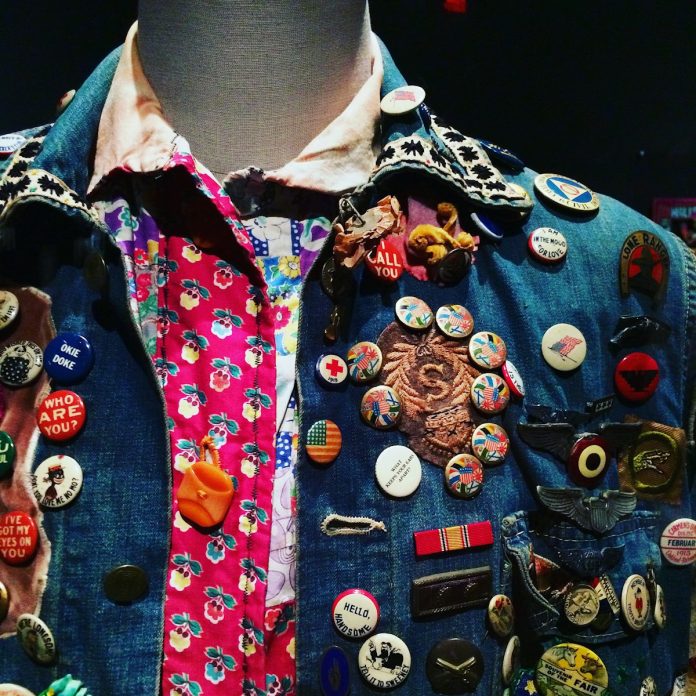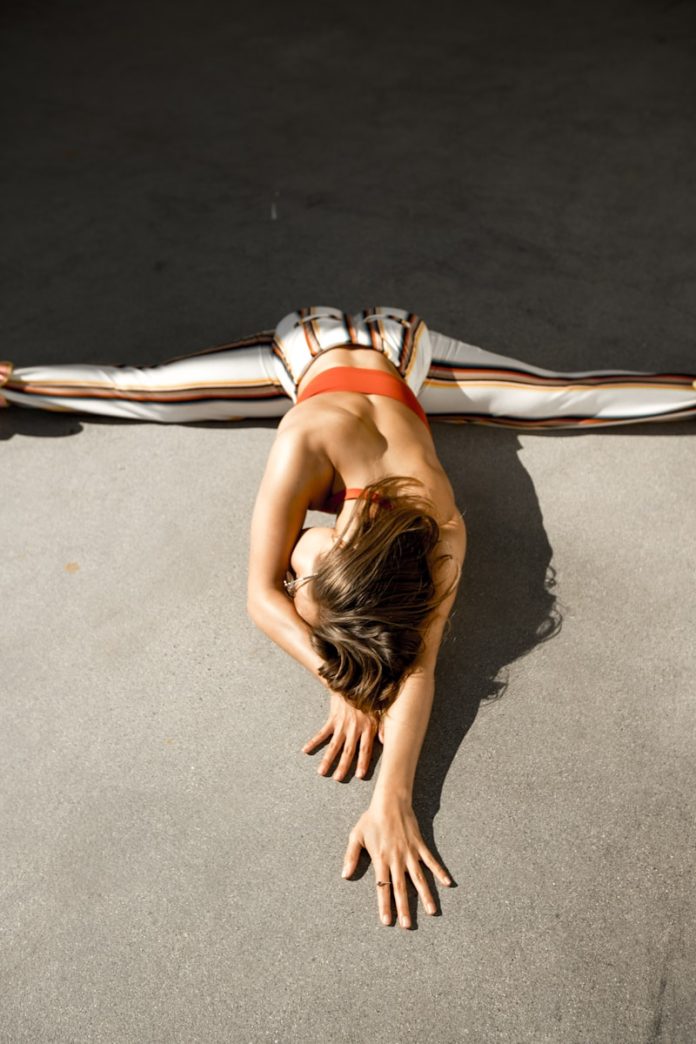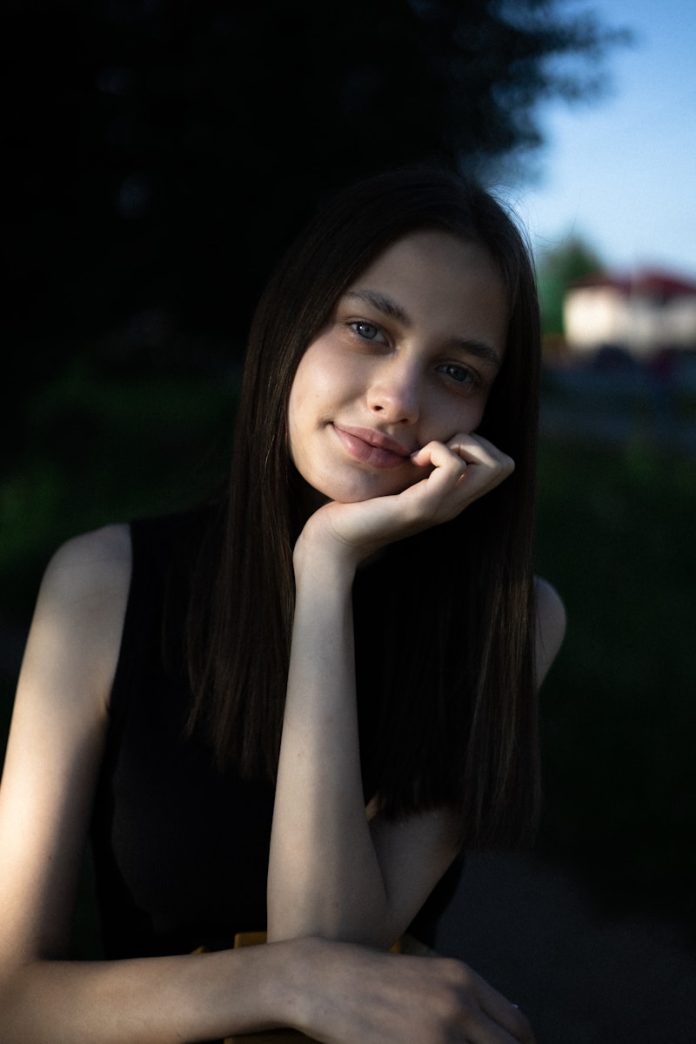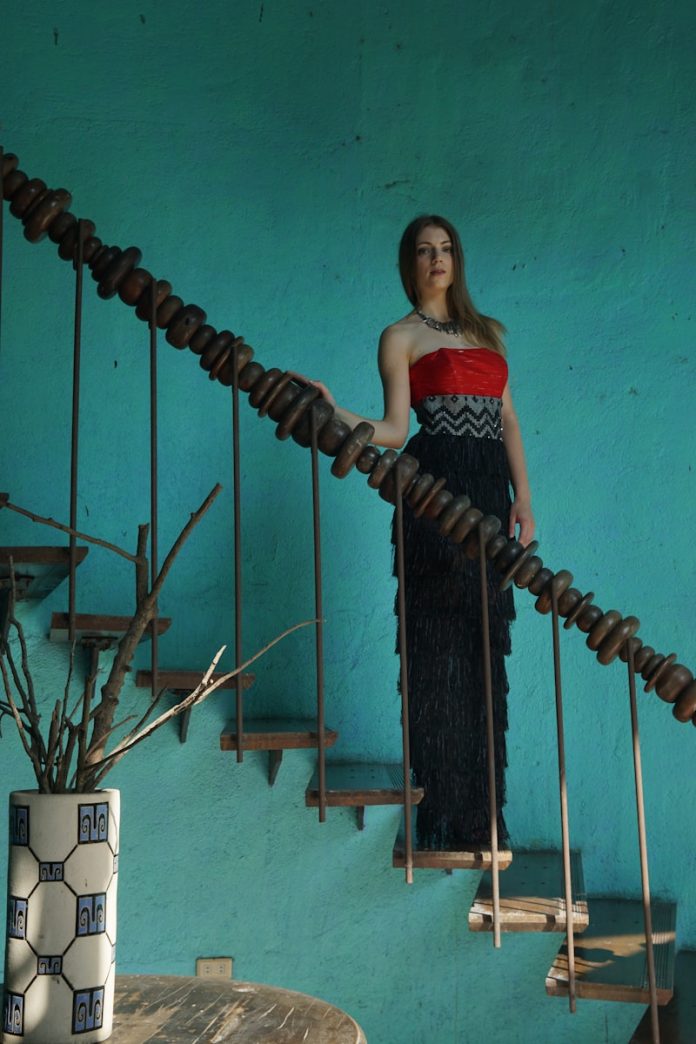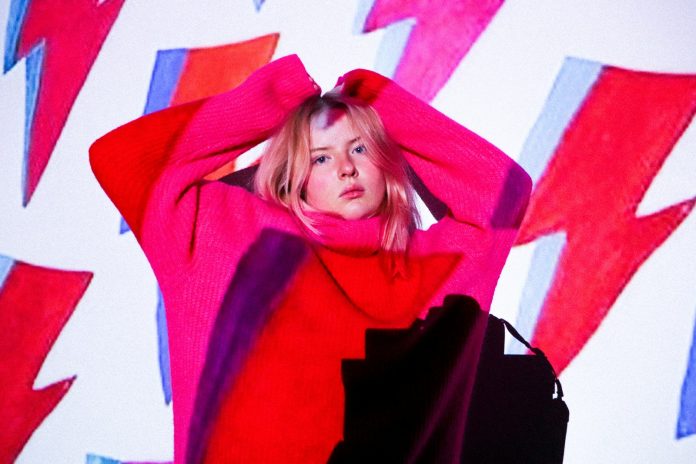There is a certain rhythm to city life that can’t be choreographed or rehearsed—only lived. It pulses through crowded streets, midnight diners, flickering neon signs, and perhaps most iconically, the ever-humming subway. Beneath the concrete veins of modern cities lies not only a transport system but a cultural crossroads. And one of its most captivating aspects is the accidental, unscripted fashion show that takes place every day: Subway style—where streetwear meets transit, and the commute becomes a canvas.
Subways are places of motion, anonymity, grit, and unexpected connection. They represent the unfiltered core of urban existence. Within those flickering fluorescent-lit cars, style doesn’t ask permission. It shows up in sneakers with scuffed soles, oversized hoodies cloaking creative expression, and logo-drenched backpacks that whisper stories of aspiration, struggle, and authenticity.
Streetwear, born from the sidewalks and skateparks of counterculture, has long defied fashion’s formal runways. And yet, no runway today feels more relevant—or more reflective of real style—than a packed subway car at 8:47 AM.
The Subway: An Underground Stage for Real-World Fashion
Before social media feeds and influencer culture turned fashion into a curated performance, the subway was already showcasing style in its rawest form. Unlike glossy magazine covers or controlled studio lighting, subway fashion is about what people actually wear when they’re moving—through the city, through their day, through their identity.
You’ll see a man in a vintage Wu-Tang Clan jacket nodding to a boom-bap beat through his headphones. Across from him, a girl in a deconstructed denim skirt and platform sneakers scrolls through her phone, her tote bag a collage of patches, slogans, and self-expression. Next to her, a tired art student wears a paint-splattered Carhartt hoodie, equal parts utility and aesthetic.
There’s no stylist involved, no brand deal at play—just clothing as language, each outfit a quiet declaration in a city that never stops speaking.
The Roots of Streetwear: From Skate Culture to Subterranean Catwalks
Streetwear didn’t originate in fashion schools or design houses. It came from hip-hop, punk, skating, and graffiti—cultures that valued rebellion, creativity, and self-definition. Brands like Supreme, Stüssy, and BAPE rose from these subcultures, speaking directly to youth who wanted their clothes to say something about their worldview.
By the 2000s, streetwear had moved from niche to necessity. What once existed on the fringes of fashion became the pulse of it. And nowhere is that evolution more visible than underground—literally. On the subway, streetwear thrives because it’s not about status; it’s about storytelling through style.
Transit offers the perfect setting for streetwear’s ethos. People are in motion, layered in function and fashion. Sneakers built for pavement pacing. Hoodies that double as armor. Baseball caps that offer shade, anonymity, and swagger all in one. The subway is where streetwear lives—not as a trend, but as a uniform of survival and self-expression.
Streetwear’s Democratic Nature
In many ways, the subway is one of the last truly democratic spaces in a metropolis. Regardless of income, occupation, or Instagram following, everyone shares the same steel benches and stifling summer heat. And that’s precisely where streetwear fits in: it, too, is rooted in accessibility and attitude rather than affluence.
Sure, hype culture has transformed some brands into luxury symbols—Supreme drops that sell out in minutes, Off-White hoodies commanding four-digit price tags—but at its core, streetwear isn’t about how much something costs. It’s about how you wear it.
On the train, a thrifted windbreaker paired with worn-out Jordans can carry more style weight than a Balenciaga ensemble. Authenticity, not labels, reigns here. Subway style favors those who dress with intent and individuality, not necessarily with influence.
Fashion on the Go: Movement Shapes the Mood
What makes subway streetwear even more compelling is the context: it’s fashion that’s in motion. The commute is inherently about transition, both physically and metaphorically. People are going somewhere—literally to work or school, but also toward dreams, away from heartbreaks, into futures still unwritten.
Their clothes reflect that. You can read body language through fabrics: someone curled into an oversized jacket, headphones deep in their ears; another standing confidently in a bold-patterned puffer and spotless sneakers, holding onto a metal pole like it’s their mic stand.
Streetwear on the subway moves, creases, breathes. It’s not static. Hoodies bunch at elbows. Cargo pants sway with every turn. Backpacks tug at shoulders with weight—books, art supplies, lunch, ambition. This mobility gives streetwear a kind of lived-in glamour, one that no catwalk can recreate.
Style Tribes Underground
Spend enough time observing the subway, and you’ll start to notice the micro-communities formed through fashion. Streetwear isn’t monolithic—it morphs across boroughs, neighborhoods, and cultures.
The downtown minimalists: Black cargos, neutral-toned sweatshirts, sleek crossbody bags.
The sneakerheads: Obsessed with footwork, rocking the latest Nike Dunks or Yeezys with casual precision.
The vintage revivalists: Mixing ‘90s windbreakers, logo tees, and retro accessories with thrifted flair.
The skater creatives: Loose denim, beat-up Vans, graphic tees stained with paint or ink.
The fashion-forward romantics: Pairing streetwear staples like bucket hats or oversized blazers with softer silhouettes, mesh tops, or layered jewelry.
And yet, all these tribes ride the same train, their outfits colliding and conversing in the most unplanned way. It’s a fashion melting pot fueled by movement, diversity, and proximity.
From Transit to Trend
Designers have taken notice. Increasingly, high fashion looks to public transit for inspiration—both stylistically and conceptually. Labels like Virgil Abloh’s Off-White, Telfar, and A-COLD-WALL* have built collections that mirror the chaos and poetry of urban life. Even global powerhouses like Louis Vuitton and Dior now inject streetwear elements into their shows: reflective fabrics, techwear silhouettes, exaggerated sneakers.
What once lived underground has risen to the top floors of fashion houses. But ironically, the subway remains the most honest reflection of the streetwear state of mind. There, trends aren’t decided by market forecasts—they’re felt, worn, and made real.
Capturing the Commute: Streetwear in Street Photography
In recent years, subway style has found a second home: the digital lens. Street photographers, many of them commuters themselves, have turned platforms and train cars into backdrops for spontaneous fashion shoots.
Social media pages like @subwaycreatures and @humansofny have elevated subway style to the realm of storytelling. A grainy iPhone photo of a man in layered North Face jackets or a teen in neon beanie and oversized hoodie becomes a visual diary entry—fashion in context, with humanity baked in.
Unlike traditional street style, these images are rarely posed. They capture the in-between moments—leaning on a pole, dozing off after a long shift, dancing quietly to a beat no one else can hear. That rawness is what gives subway streetwear its edge.

